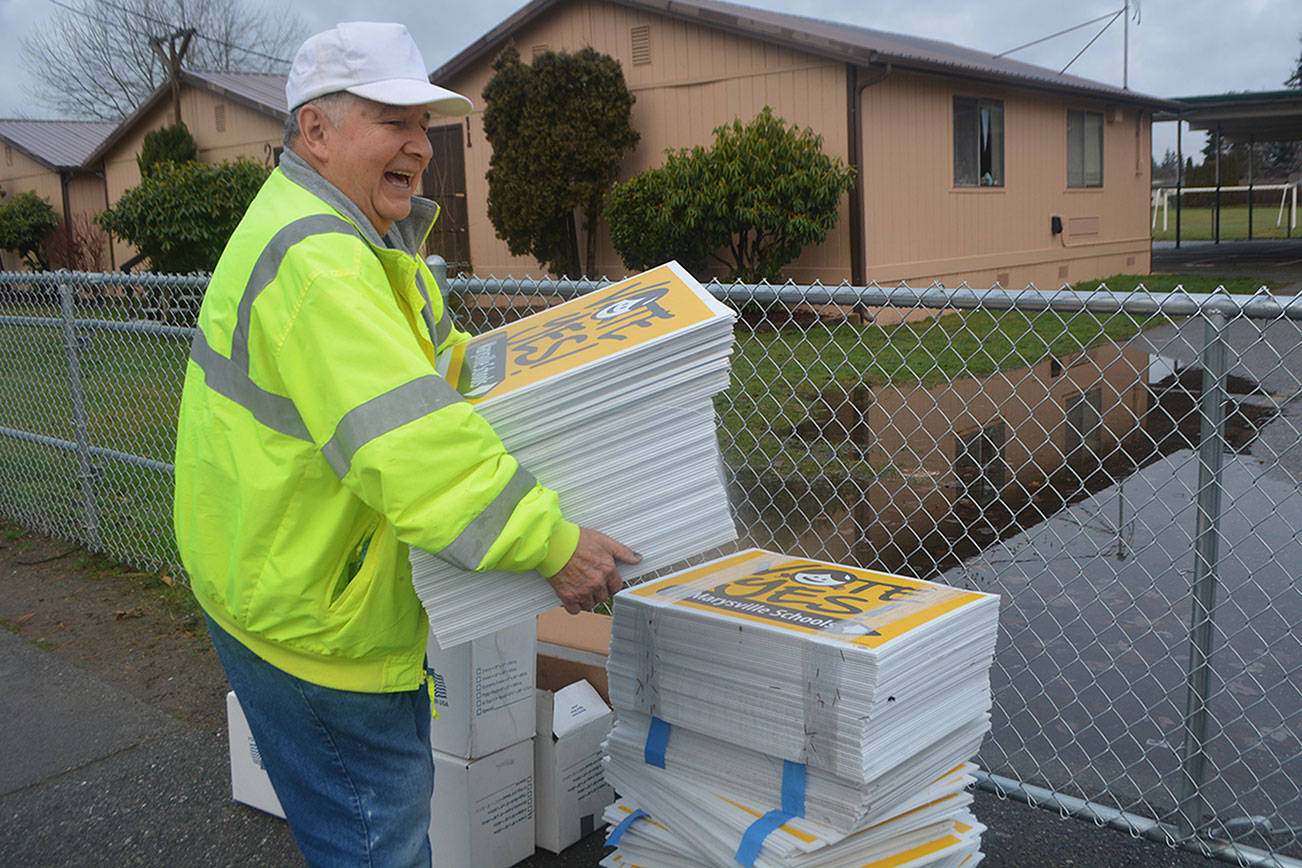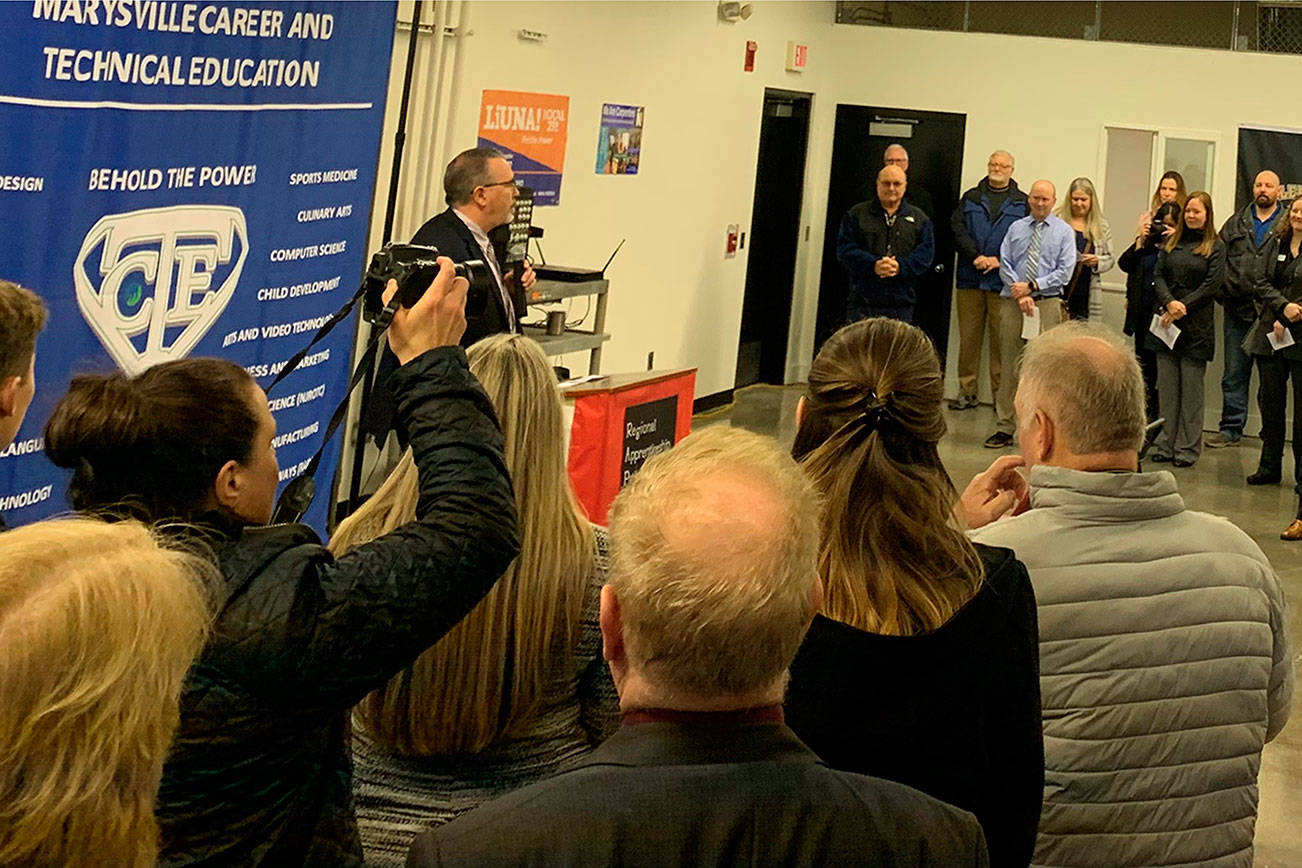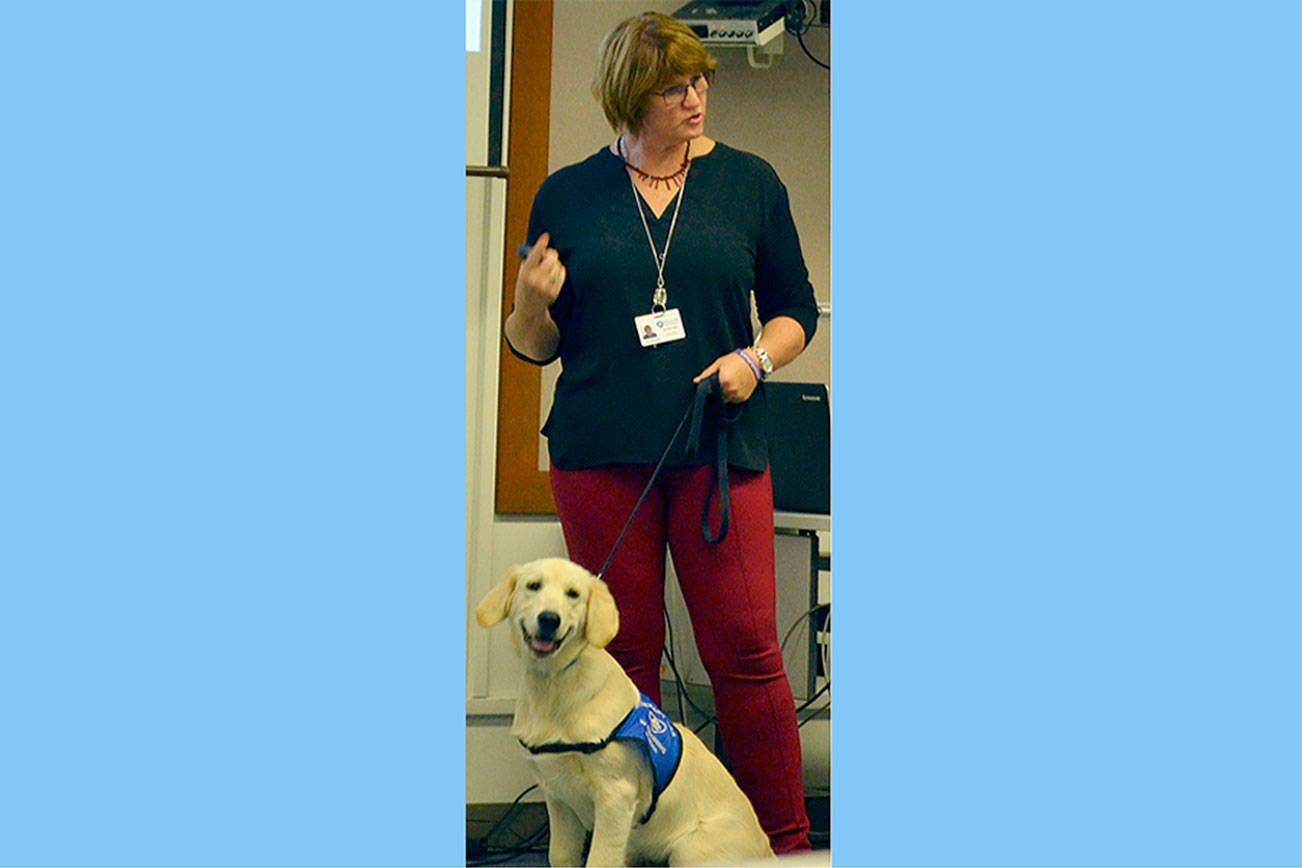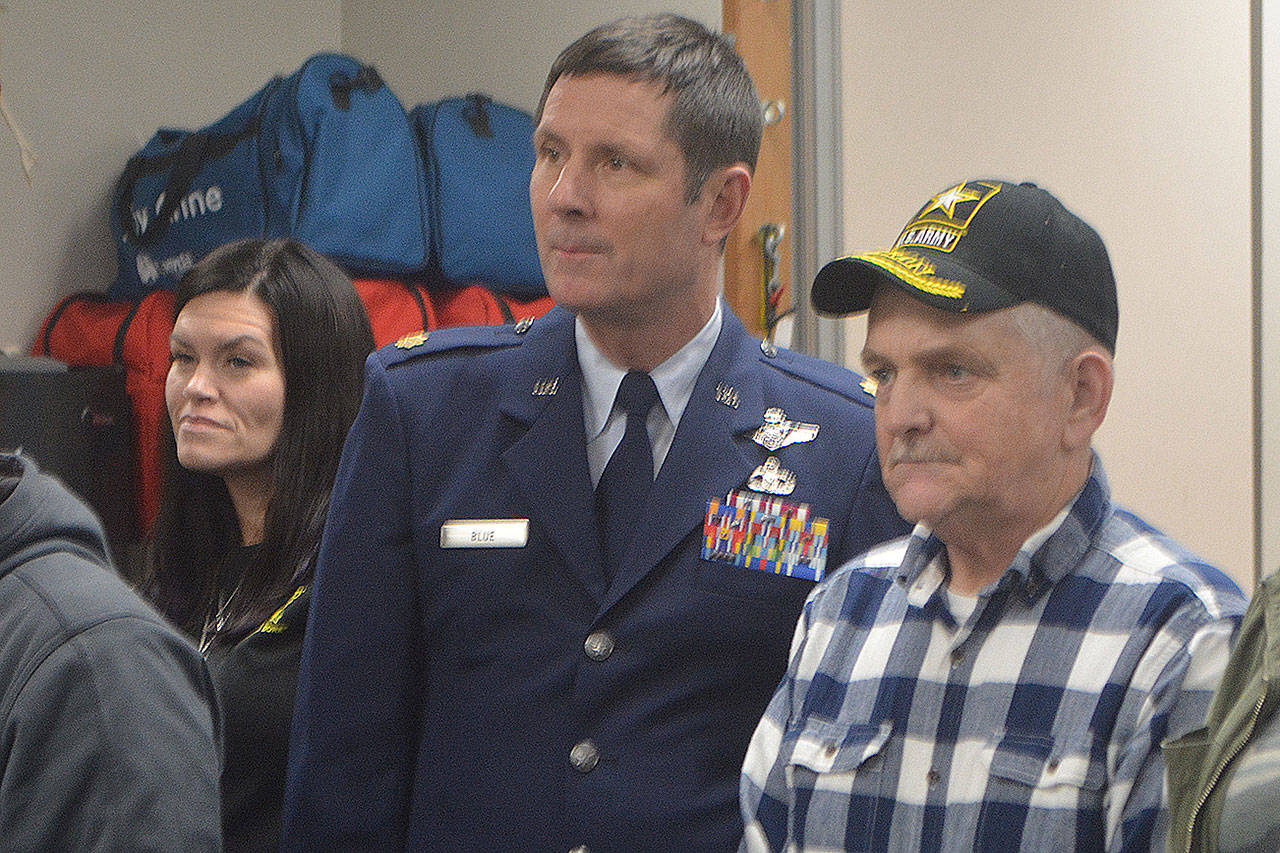MARYSVILLE – A house divided cannot stand.
That concept was made famous by President Lincoln and in the book of Matthew in the bible.
Jason Thompson, Marysville interim schools chief, said something similar in a recently released recommendation to the school board.
“Currently we are a divided community,” Marysville interim schools chief Jason Thompson says in the report. Having boundaries instead of choice determine where a student goes to high school could strengthen the community.
“Boundaries will help us be more intentional in our relationships and create opportunities for fun and engaging events for our students and their families,” he says in his report.
Having boundaries for Marysville-Pilchuck and Marysville Getchell high schools is just one of two recommendations Thompson made to the board.
The other is to create two community engagement committees.
One, the Enrollment and Demographics Task Force, would decide where the school boundaries are. The other, a Deeper Learning Task Force, would develop courses that begin and end with student strengths and needs, are project oriented and include student choice.
The school board has looked at the recommendations, made some suggestions for change, and will look at a final version at its July 16 meeting.
By having boundaries, students in elementary school will know that they will be either a Charger or Tomahawk, creating a more neighborly feel. “They can dream, believe and aspire and will have a clearer identity with a school,” Thompson’s report says.
That also would allow feeder schools to develop more-intentional relationships with the middle and high schools. Benefits of that could include: lunch buddies, schools visits, student mentors, game-sports nights and extracurricular events that contribute to a sense of community.
The boundary task force would be ongoing and would be able to make adjustments regarding enrollment, changes in programs, changes in configuration or location. It would look at demographic and enrollment trends in recommending boundaries.
The deeper learning group would try to strengthen the connection between students and staff, which was an intent of the small learning communities at MG. It would include student-centered learning, student choice and engagement, along with problem- and project-based learning.
The report also looks at a history of Marysville schools. Highlights include:
•Mistrust in the community started in the early 1990s when a bond passed, and some people were upset because they thought a new middle school in the north end was to be part of that project.
•In the early 2000s a bond measure failed.
•A bond finally passed after 16 years in 2006 to build Grove elementary school and MG to relieve crowding at M-P.
•In 2007 M-P started SLCs, which were used at MG when it opened, boundaries were removed and students were able to choose their high school.
•A bond measure failed in 2016. The district was told to maintain facilities better and be more fiscally responsible with taxpayer dollars. •In 2016, the district found that MG cost considerably more to operate, and SLCs were not overall improving academic outcomes.
It also says middle schools are a concern because of population, behavior and discipline, and that parents often take students out of the district during those years. It also talks about the community involvement the past year or so regarding changes in the secondary schools. It notes there was more participation from residents associated with MG than M-P.
Along with the two recommendations, Thompson made two other moves because of community concerns. Jodi Runyon will be director of Engagement and Outreach, while Craig Dennis will be director of Student Safety and Security.
Thompson also had some other general comments:
•Replace two aging middle schools with a bond.
•Provide equitable opportunities from preschool to graduation.
•Provide a strong foundation in reading, writing, math and other core subjects.
•Prepare students to think critically and creatively, evaluate massive amounts of information, solve complex problems and communicate well.
He went into more depth about equity and inclusive education that “aims to understand, identify, address and eliminate biases, barriers and power dynamics that limit students’ prospects for learning, growing and fully contributing to society.”
Thompson went on to say in the report that, “Barriers may be related to sex, sexual orientation, gender identity, gender expression, race, ethnic origin, religion, socio-economic background, physical or mental ability, or other factors.”







